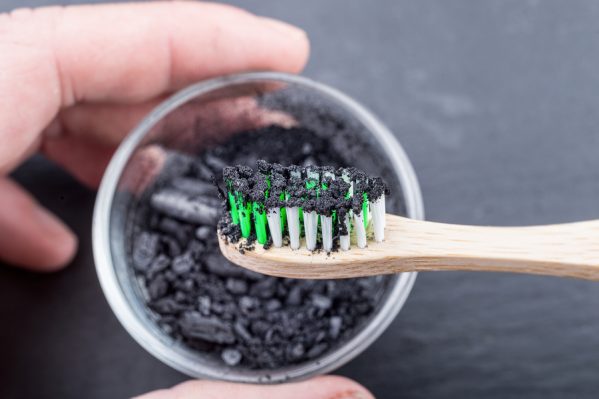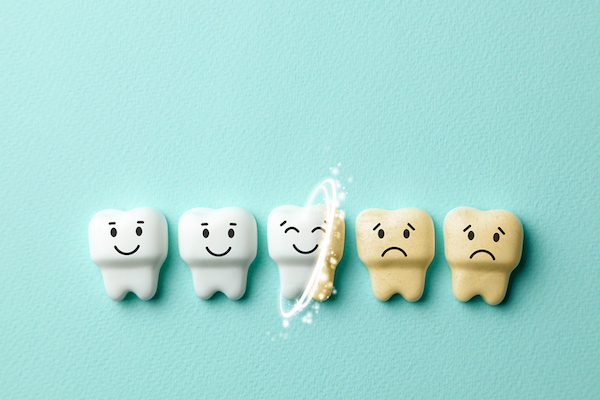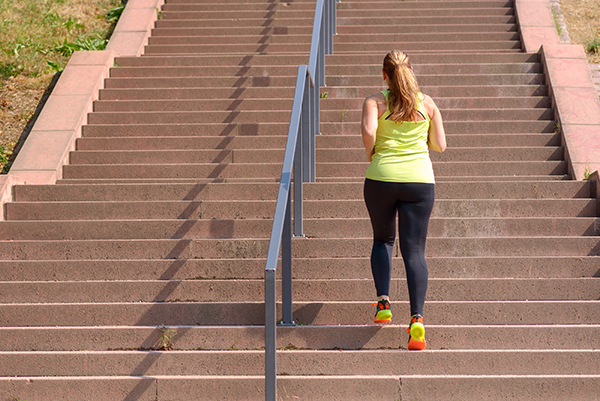It’s what we all want.
According to Dr. Van Haywood, a dentist at the Dental College of Georgia at Augusta University, “How can I make my teeth whiter?” is the question he’s most asked by patients.
Google it, and you’ll find any number of possibilities for whiter teeth, from adding strawberries and bananas to your diet to brushing with activated charcoal to swishing oil around in your mouth.
“There are a variety of claims out there that purport to whiten teeth,” said Haywood. “But how well do they really work? And can they harm your teeth? Those are the follow-up questions patients should make sure to ask.”
Because, while bananas and strawberries are delicious and great for your diet, their ability to brighten teeth—not as likely as others. Read on.
To Whiten or To Bleach?
Before patients even reach for a product, they should understand the difference between “whitening” and “bleaching.”
“The products that say they will whiten teeth may remove surface stains, but unlike bleaching, don’t change the color of the tooth,” said Haywood. Bleaching, on the other hand, uses a solution that actually brightens the tooth’s internal color (and despite its name, it’s important to note that bleaching products for teeth do not actually contain household bleach).
So use that whitening toothpaste all you want, but unless your problem is simply coffee or other stains, you won’t see any color changes on your teeth. “And in the wrong hands, the abrasiveness of a product could be detrimental to the surface enamel,” he said. “If you’re really Type A about wanting to scrub your teeth, if your toothbrush isn’t soft enough, if you’re not wetting your toothbrush—all of these are factors that could remove your surface enamel. It’s like sandpaper.”
Once that happens, your teeth could become even more discolored, sensitive to hot or cold foods, and have a higher risk of chipping or breaking. Scrubbing too hard could also cause gums to recede.
Don’t DIY It
That’s also the risk of at-home, DIY treatments like activated charcoal. Not only has the American Dental Association not found any oral health benefits, but “activated charcoal does not change the color of the teeth other than by abrasive action like a toothpaste, and its use may pose some risk to the enamel and gingiva,” said Haywood.
The ADA also found no oral benefits to oil pulling, or the practice of swishing coconut, olive or other food-safe oils in the mouth. In some cultures, the practice of oil pulling, sometimes up to 30 minutes at a time, is said to reduce bacteria in the mouth and whiten teeth. But dental experts say that it’s ineffective at best—and at worst, could result in an upset stomach or diarrhea if you inadvertently swallow too much oil.
If you are interested in having whiter teeth, Haywood says the first step should be to talk to your dentist. “There are many reasons other than staining or wear and tear than can cause teeth to discolor,” he said. “Your dentist can make sure that color changes in your teeth aren’t related to an abscess, tooth decay or tooth resorption—all of which are much bigger concerns.”
Once you’re clear, there are two primary options for bleaching: an in-office procedure where your dentist applies a concentrated solution to your teeth or an at-home tray where you either sleep in the device or wear it for a certain number of hours a day. Patients can also opt for an in-office treatment to get a “boost” of brightness, then follow up with the tray.
In-office procedures tend to be pricier and may require several visits, but avoid the hassle of having to wear a tray in the mouth. The tray is convenient, less expensive and can be more effective. However, depending on the color of the tooth, a person might have to use the tray for as few as three days or as long as a year. “Nicotine stains can take one to three months to remove. For adults who have stains on their teeth from taking the antibiotic tetracycline when they were children, those stains can take up to a year to whiten,” said Haywood.
It’s also important that people are aware that, just like skin tone, everyone’s teeth are naturally a different shade of white. “Bleaching will make all teeth look better, but people should not automatically expect that they can achieve that ‘glow-in-the-dark’ white, unless their teeth naturally are that light,” he said.
The number-one side effect of any bleaching treatment is tooth sensitivity, and in-office treatments with their more concentrated solutions offer a higher risk. However, after the treatment is over, the sensitivity usually goes away.
Then, this is where that whitening toothpaste can come in handy. “I’ve had patients who had their teeth bleached 20 years ago and have maintained it with whitening toothpaste and have never had to bleach again,” said Haywood. “Then, again, others might need touch-ups every few years. It all depends on your teeth.”





